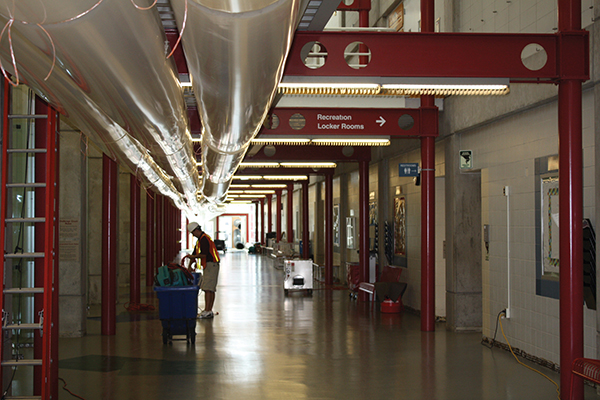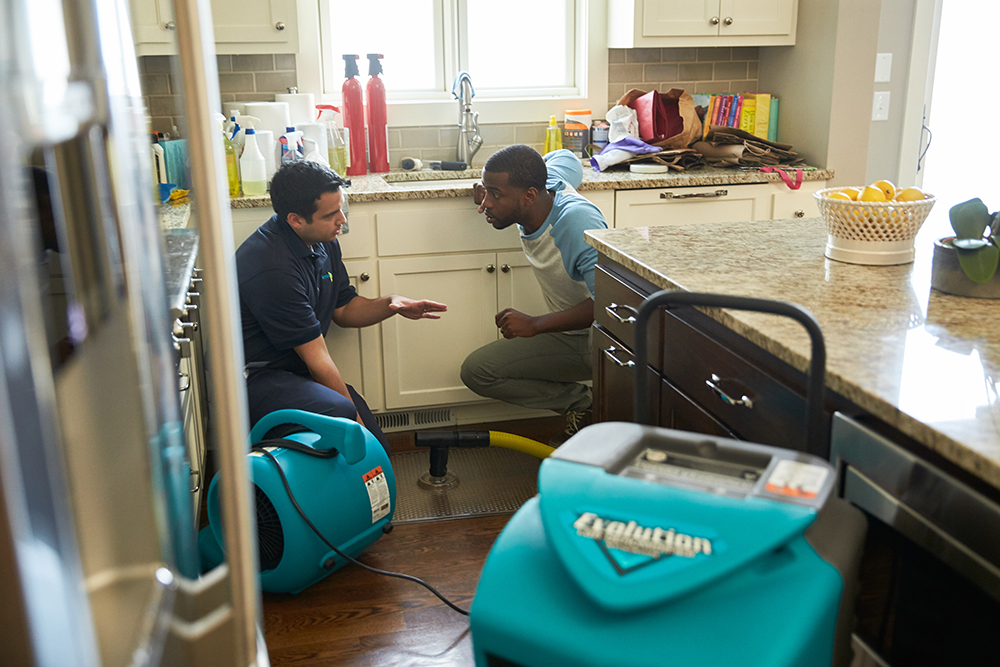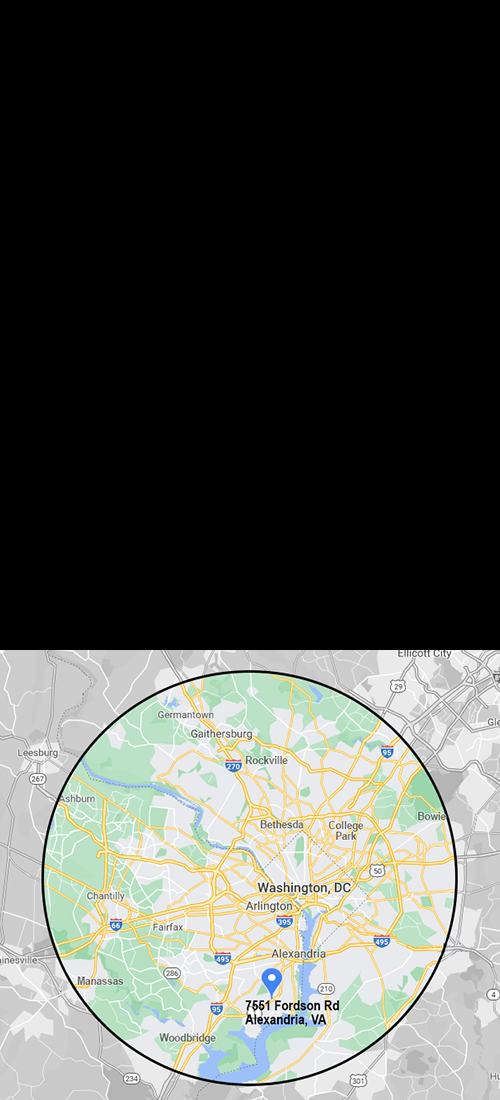Clean water is a vital component of life. When water runs through a home’s daily cycle, such as while the dishwasher operates or during a shower, it travels through sewer pipes and ends up in the sewer. Normally, wastewater is collected in the sewer treatment facility until treated. On occasion, sewage water tends to leash its ugly head right back up at us, whether it’s in a home or business. This disastrous instance is known as a sewage backup.
 Sewage water is also known as wastewater. Sewage is essentially water that has been used – as opposed to clean, fresh water. Homes and businesses alike expel a great deal of sewage water that includes human waste, soap, chemicals, oils and food waste. Sewage often is released in water from toilets, bathtubs, sinks, washing machines, dishwashers and showers. It’s evident that sewage consists mostly of water. In fact, sewage is 99.8 percent water.
Sewage water is also known as wastewater. Sewage is essentially water that has been used – as opposed to clean, fresh water. Homes and businesses alike expel a great deal of sewage water that includes human waste, soap, chemicals, oils and food waste. Sewage often is released in water from toilets, bathtubs, sinks, washing machines, dishwashers and showers. It’s evident that sewage consists mostly of water. In fact, sewage is 99.8 percent water.
When a home or business’ sewage backs up, the result is expensive property damage and a major health hazard. The bacteria, viruses and germs in sewage water are dangerous to the health of both humans and animals in close proximity to the backup. Gastrointestinal distress (diarrhea, nausea and vomiting) and skin rashes are commonly seen in individuals who are exposed to sewage. Plus, a home or business’ private drinking well can become contaminated by a sewage backup. Disastrous sewage backups also pollute area waterways, like ponds, lakes, streams and reservoirs intended for drinking water.
A backup of sewage is damaging and can be triggered by a variety of situations. Septic systems can become strained due to severe rainstorms, floods and even from a spring thaw. Sewage systems that are inundated with heavy volumes of water can lead to backups into private properties and basements. Aging sewer systems (such as those prevalent in Old Town Alexandria) and deteriorating septic systems contribute to sewage backups and overflows. Sewer blockages also are a concern, as any materials that block a sewer pipe can cause a backup. Even a city sanitary main that experiences a blockage can lead to backups in area homes and businesses if not detected in time.
Steps to Take When Confronted With a Sewer Backup
Sewer or Septic?
Determine if you have a sewer or septic system. Contact your local sewer department if your home or business functions with a sewer. Your public works department can advise you on best practices on pumping out the wastewater. Call your local health department for instructions on how to dispose of the wastewater if your property operates using a septic system. You can also find out about possible causes of the backup and optimal solutions.
Insurance Claims
Make sure to contact your insurance provider as soon as possible. Your insurance provider may offer suggestions for local contracted water damage restoration companies. Ensure your insurance claims for property damage go smoothly. Keep on hand any photographs of areas that were taken prior to the sewage backup. After the wastewater incident, take photographs of the affected items damaged by the backup. Save any receipts and paperwork related to the repairs of damaged goods and cleanup services.
Prepare for the Cleanup
Immediately turn off the electricity in the instance of standing water or if electrical wires are in contact with water or water-soaked property. When a sewage backup occurs anywhere within the residence or business, do not flush the toilets. If you decide to tackle the cleanup yourself, wear proper safety gear. Use rubber gloves to avoid handling any waste. Wear goggles to prevent backsplashes of contaminated water. Boots prevent harmful pathogens from coming in contact with your skin. Be sure to take appropriate measures to prevent any contact with the sewage. Open cuts and wounds are especially vulnerable to infection if not protected from wastewater.
Do-It-Yourself Cleanup
The affected area must be thoroughly dried out. Use a wet vacuum to pump out the wastewater. Cleaning and drying equipment, such as commercial dehumidifiers can be rented. Clean the floors with detergents and soap and sanitize the floors with disinfectants.. Mix your own disinfectant with one part bleach and nine parts water, leaving it on the affected area for 20 minutes and then air dry. Discard carpeting, rugs and upholstery that have absorbed wastewater. Wallboards or paneling that have water lines from the sewage backup should be cut out above the water line and replaced.
Discard any porous, contaminated materials, such as pillows, mattresses, upholstered furniture, toys and medical supplies. If it is important to salvage certain items, consult a water damage restoration professional for safe options.

Routine sewage backups should be reported to your local health department or municipal sewer authority. You can also take preventative actions to limit the damage. Remove carpeting from areas where wastewater backups occur. Install a sump pump to pump out excess water (experts warn to not connect the pump to your sanitary sewer). Also, keep all furniture and valuable goods above the flood level. If your property’s sewer lines are in the path of nearby trees, you may wish to hire a professional to cut tree roots that can grow into sewer lines.
Hire a Professional
When cleanup gets tough, hire a professional water damage restoration company, like ServiceMaster National Capital Restoration. Our specialists are vaccinated and wear protective equipment to protect against typical infections endemic to handling waste water. They are prepared to tackle the destructive path of a sewage backup with advanced drying and dehumidifying procedures. All excess moisture and water is extracted with high-tech machinery. Skilled technicians then disinfect the affected areas and deodorize the environment. In any area damaged by water, mold becomes a hazardous possibility. Professional water damage restoration experts also take steps to remove all signs of mold and mildew.
When confronted with a devastating sewage backup, call a water damage restoration professional immediately. Building materials in homes and businesses absorb liquid quickly, leading to additional structural damage. ServiceMaster NCR proudly serves the Washington DC metro community, and is a trusted service provider for local homes and businesses.













